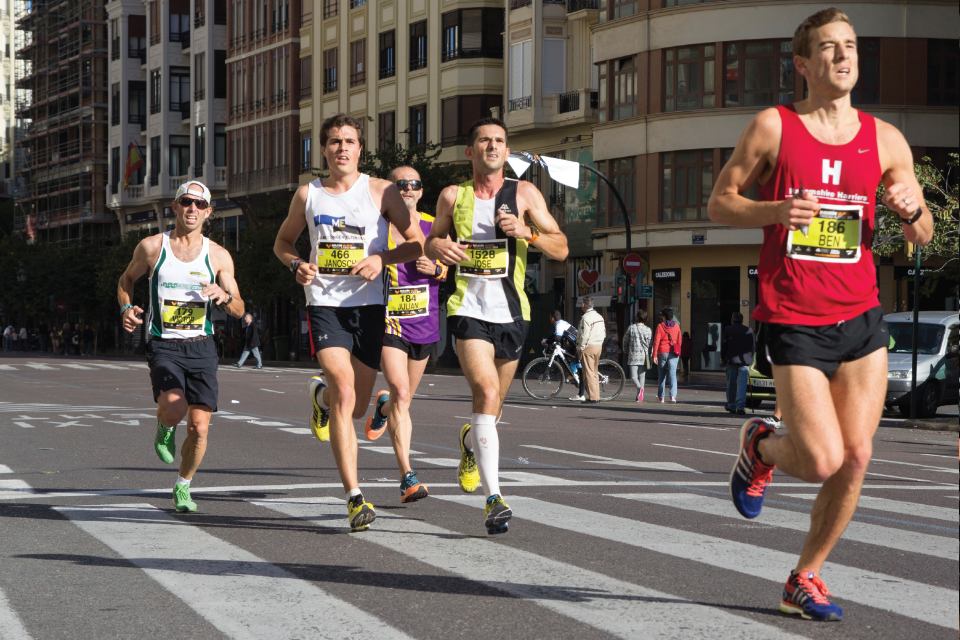FAQ: Don’t Feel De-feet-ed

Having hip problems? Back problems? Tailbone? Neck? These injuries can stem from the very root of your being—your feet.
Dr. Andy Cassidy of Lone Star Podiatry gets to the bottom of the issue–or body, so to speak–and reveals the best way to treat your soles.
Why do long runs sometimes lead to toenail loss?
According to Dr. Cassidy, it’s all about the shoe fit. If the shoe curves up, your toes are curling up and being thrust forward when you run, limiting their range of motion. This puts an overload on the first joint of your big toe, which leads to too much pressure on your toenails. To prevent this, make sure you find a good shoe with plenty of space for your toes in the front.
Foot odor can clear a room in seconds. Why does it happen and how can we avoid it?
Moisture is the root of all evil when it comes to foot odor. When your foot is enclosed in a shoe (especially in Texas) there’s a strong chance things will get funky. Some people may sweat more than others, but everyone generates bacteria and fungus in a hot dark environment such as UGGs or Converse. To combat the odor, you must first combat the moisture. Switch to synthetic socks, as cotton socks only draw moisture out of the skin, making it drier and prone to athlete’s foot. There are various foot powders and antiperspirants you can use, because according to Dr. Cassidy, if it works on your armpits it will work on your feet! There’s also the holistic approach of soaking your feet in black tea to rid the smell. For the actual shoe itself, put your smelliest pair out in the sun, as UV rays kill the bacteria.
We often hear that high heels are a podiatrist’s best friend. What are some other bad soles in the bunch?
“Pretty much everything,” Dr. Cassidy says. “It seems these days, people forgot about the ‘your hip bone’s connected to your knee bone’ tune.” What we wear on our feet has a positive or negative effect on the upper chain known as your body.
There are 3 basic tendons in your foot, and all need to be taken care of within your shoes. First, you need an enclosed heel that sticks, because your heel wants to naturally move side to side, but for good stance you need to control it. Second, there should be plenty of volume in the toe, from side to side and top to bottom. Third, your shoe should bend where your foot bends. The flexible shoes that can bend every which way is entrancing, but your foot isn’t even capable of moving in that way. The foot is made to bend at the toe, act as a lever, and push you forward.
Dr. Cassidy will freely admit the minimalist shoe craze has been wonderful for his business. Even casual, mainstream shoes are undervaluing the feet. Walking barefoot at home, as comfy as it sounds, is also just as bad for your feet. If you can’t wait to kick off your shoes at the end of the day, that’s a sign of bad footwear. The bottom line is, repetitive micro trauma to your feet over time can affect your body in the long run (pun intended).






